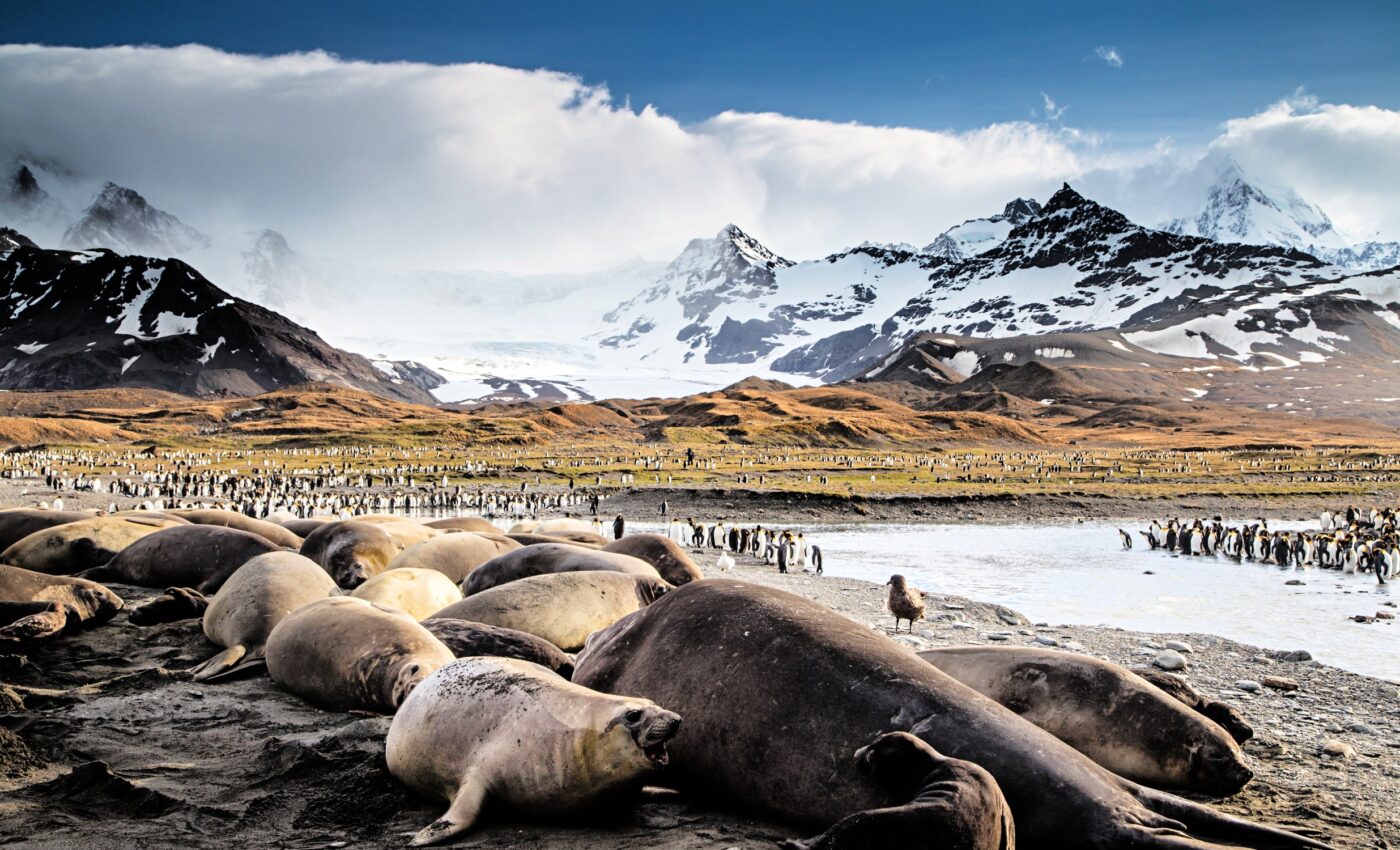
Bird flu is killing thousands of seals and sea lions globally
Bird flu, the devastating avian influenza virus that has plagued the world’s bird populations, is taking a shocking new turn. Scientists are witnessing a tragic surge of deaths in seals and sea lions across the globe, and they’re worried this could be just the beginning of a much larger environmental crisis.
Bird flu affects seals and sea lions
The highly contagious avian influenza virus, also known as bird flu, is rapidly spreading through marine mammals. Thousands of seals and sea lions have already perished in countries ranging from the United States to South America.
This isn’t the first time animals have fallen victim to bird flu, but the sheer scale of this outbreak is unprecedented and alarming. But, how did these beloved marine mammals get infected in the first place?
Scientists believe the seals and sea lions likely contracted bird flu through contact with infected birds or their droppings. It is also possible that seals preyed on sick birds.
“Once the virus is in wildlife, it spreads like wildfire, as long as there are susceptible animals and species,” said Marcela Uhart, director of the Latin America program in the Karen C. Drayer Wildlife Health Center at the University of California, Davis. “Movement of animals spreads the virus to new areas.”
Bird flu crisis: Seal and sea lion deaths
Here’s where things stand with the bird flu outbreaks:
North America
Hundreds of seals have died along the East and West Coasts of the United States, with more fatalities possible as the virus circulates. “Marine mammals are still pretty unique in the scale of the outbreaks that are occurring,” said Wendy Puryear, an author of a Tufts University study on the seal deaths.
South America
The situation is especially grim, with over 20,000 sea lions succumbing in Chile and Peru, and thousands of elephant seal deaths in Argentina.
Antarctica
Even the world’s most remote continent has felt the virus’s reach.
Caspian Sea
It’s suspected that bird flu may have played a role in the mass deaths of endangered Caspian seals in Russia last year, demonstrating the virus’s indiscriminate threat to marine species.
Bird flu extends beyond seals and sea lions
The escalating death toll doesn’t just affect the seal and sea lion populations. It has the potential to unbalance entire ecosystems. Seals and sea lions are vital predators that help keep fish populations in check.
A decline in these marine mammals could have cascading effects on the delicate ocean food chain.
Even more concerning is that bird flu is constantly evolving. In a worrying development, scientists have documented mutations that suggest the virus is adapting to spread more easily between birds and mammals.
This raises the specter of the virus potentially jumping to other vulnerable species – or even humans in a worst-case scenario.
Animals in aquariums are at risk
It’s not just wild seals and sea lions that are vulnerable to bird flu – those in the protected environments of aquariums face risk, too.
The New England Aquarium in Boston, for example, has instituted strict protocols to protect their harbor seals. “We do know that it’s a risk for the animals that reside here,” said Melissa Joblon, the Boston aquarium’s director of animal health.
Racing against bird flu
Scientists across the world are scrambling to understand the unprecedented impact of bird flu on marine mammals, and unfortunately, they’re finding more questions than answers.
Can we slow this alarming trend? How can we protect not only seals and sea lions, but also other vulnerable animals? It’s a race against time.
What can be done?
While there’s no single solution, experts are considering several approaches to try to curb this crisis:
Vaccinating poultry
This could help reduce the spread of the virus in farmed birds and minimize the exposure risk for wild animals, including marine mammals.
Public awareness
Informing people about the virus’s dangers and emphasizing the importance of avoiding contact with potentially sick wild animals, especially seals, sea lions, and sea birds, is crucial.
“Authorities have carried out campaigns about the disease, strongly recommending to stay away from seabirds or marine mammals with symptoms or found dead in the coastal areas,” said Liesbeth van der Meer, director of the environmental group Oceana in Chile.
Protecting vulnerable species
Some conservationists are calling for stricter measures to shield endangered species like the Caspian seal from further harm.
Bird flu’s toll on seals and sea lions
The bird flu crisis is a stark reminder of the interconnectedness of our planet’s ecosystems. Even a virus that initially targets birds can have far-reaching and unpredictable consequences.
It’s a harsh wake-up call for the need to vigilantly protect our planet’s wildlife from deadly diseases and prevent them from spiraling out of control.
The study is published in the journal Emerging Infectious Diseases.
—–
Like what you read? Subscribe to our newsletter for engaging articles, exclusive content, and the latest updates.
Check us out on EarthSnap, a free app brought to you by Eric Ralls and Earth.com.
—–













